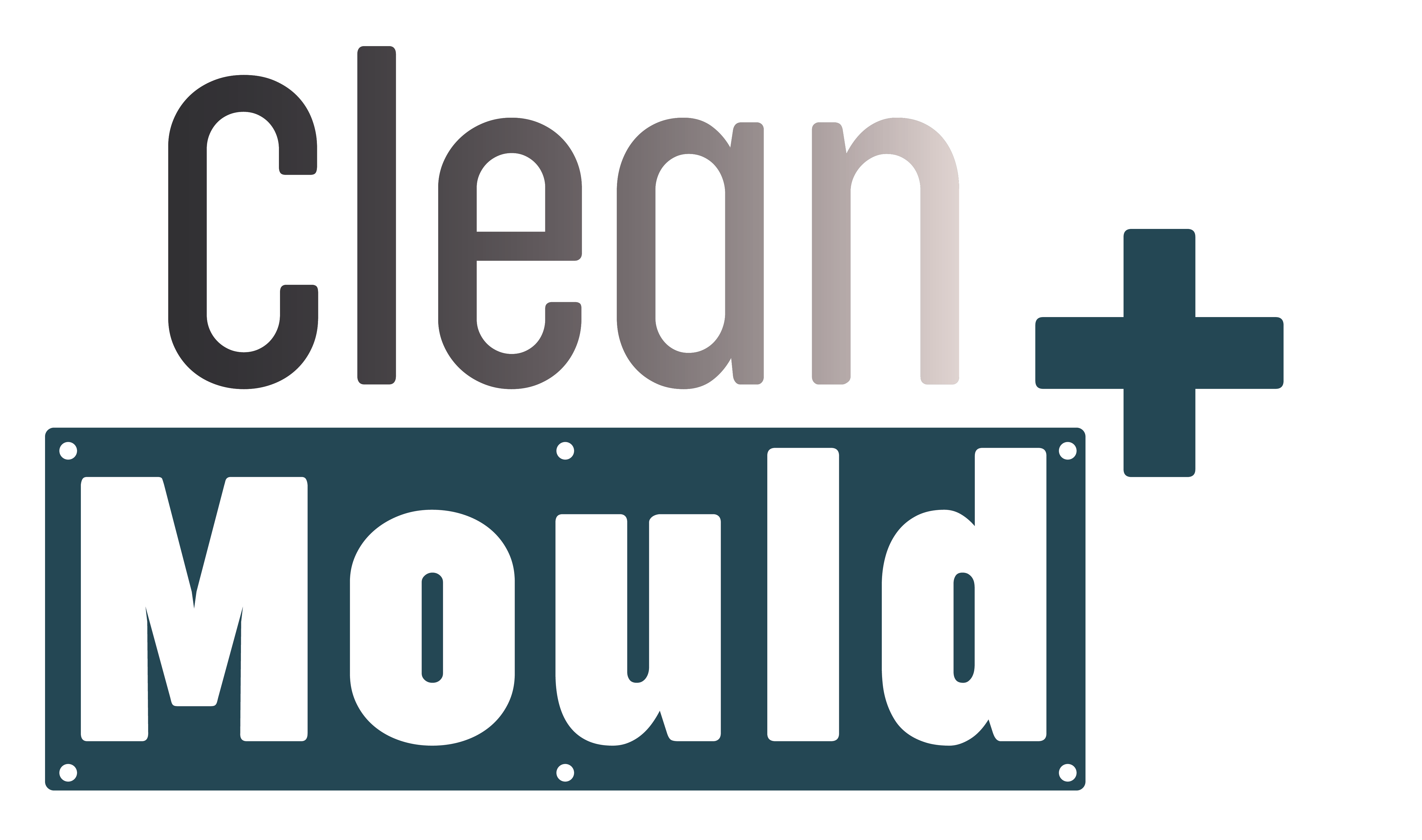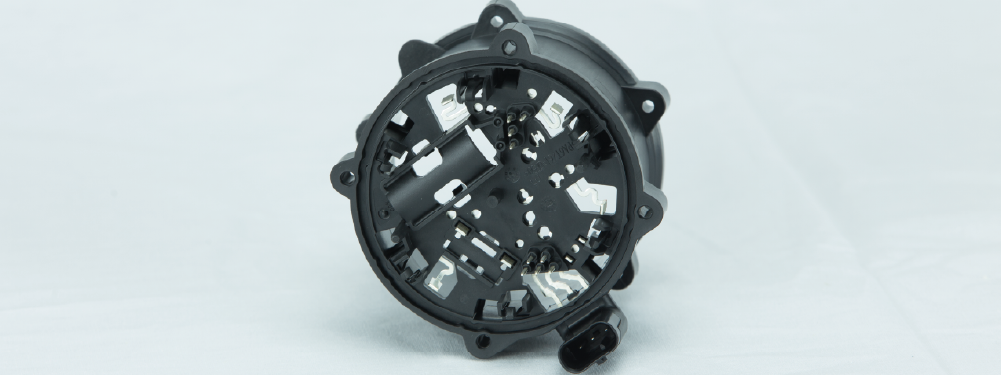CleanMouldPlus
Coatings with low laser interaction for their respective cleaning with predictive monitoring: Clean 4.0
Challenge
Injection molding is a fast and efficient replication process for polymer-based components. However, the increasing need for reinforced technical polymers introduces specificities to the process, namely, demands on mold adhesiveness and cleanliness, which invariably affect efficiency and productivity, resulting in increased costs. Therefore, the challenge lies in producing an integrated system capable of acting on various identified areas of focus.
Solution
The overall objective of the CleanMould Plus project is to minimize the detrimental effects of reinforced technical polymers on the injection molding process. Having this goal in mind, it is necessary to act on three lines of action: reduction of wear and adhesiveness of the polymers to the molds, reduction of time required for mold cleaning, and planning optimization for cleaning processes.
The first route of action is to develop coatings capable of maintaining anti-wear properties required for the reinforced polymer injection molding process, combined with reduced adhesiveness and low interaction with the laser radiation used in the cleaning process. In this context, reflective or low-interaction elements are incorporated into hard or superhard coatings currently available on the market and used in other applications.
The second route aims to optimize parameters and conditions for a fast and effective cleaning procedure of residues that accumulate during the process, maximizing productivity by minimizing maintenance times.
The third area of focus is transversal the previous ones and aims to monitor the surface condition of the mold and, based on historical data, enable a priori decisions for optimal planning of mold cleaning procedures, while maintaining the characteristics and requirements of the components without compromising process efficiency or productivity.
Objectives, Activities and Results expected / achieved
The core of the project is to promote efficiency and productivity of the injection molding process for challenging materials such as reinforced technical polymers, addressing some of the challenges currently encountered in the industry. To this end, the project is divided into a total of six activities, the purpose of which is to segment the various areas of activity and allow, in parallel, to address the various challenges. Activities 2 and 3 are responsible for the innovative features of both the coatings and the cleaning process. Activity 4 will be responsible for implementation of the proposed solutions in an industrial environment where it will be possible to estimate the benefits.

Project Reference
CENTRO2030-FEDER-00545400Funding

Intervention Region
PortugalTotal Investment
1.325.655,52IPN Investment
307.580,80Total Eligible
1.325.655,52IPN Eligible
307.580,80EC Funding – Total
952.280,17EC Funding – IPN
261.443,68Duration
36 MonthsStart Date
2024-01-01End Date
2026-12-31Approval Date
2024-09-09Consortium
MicroPlásticos, SAInstituto Pedro Nunes
Universidade de Aveiro
Keywords
Technical polymer injection molding;Low-friction coating;
Predictive monitoring;
Maintenance.










